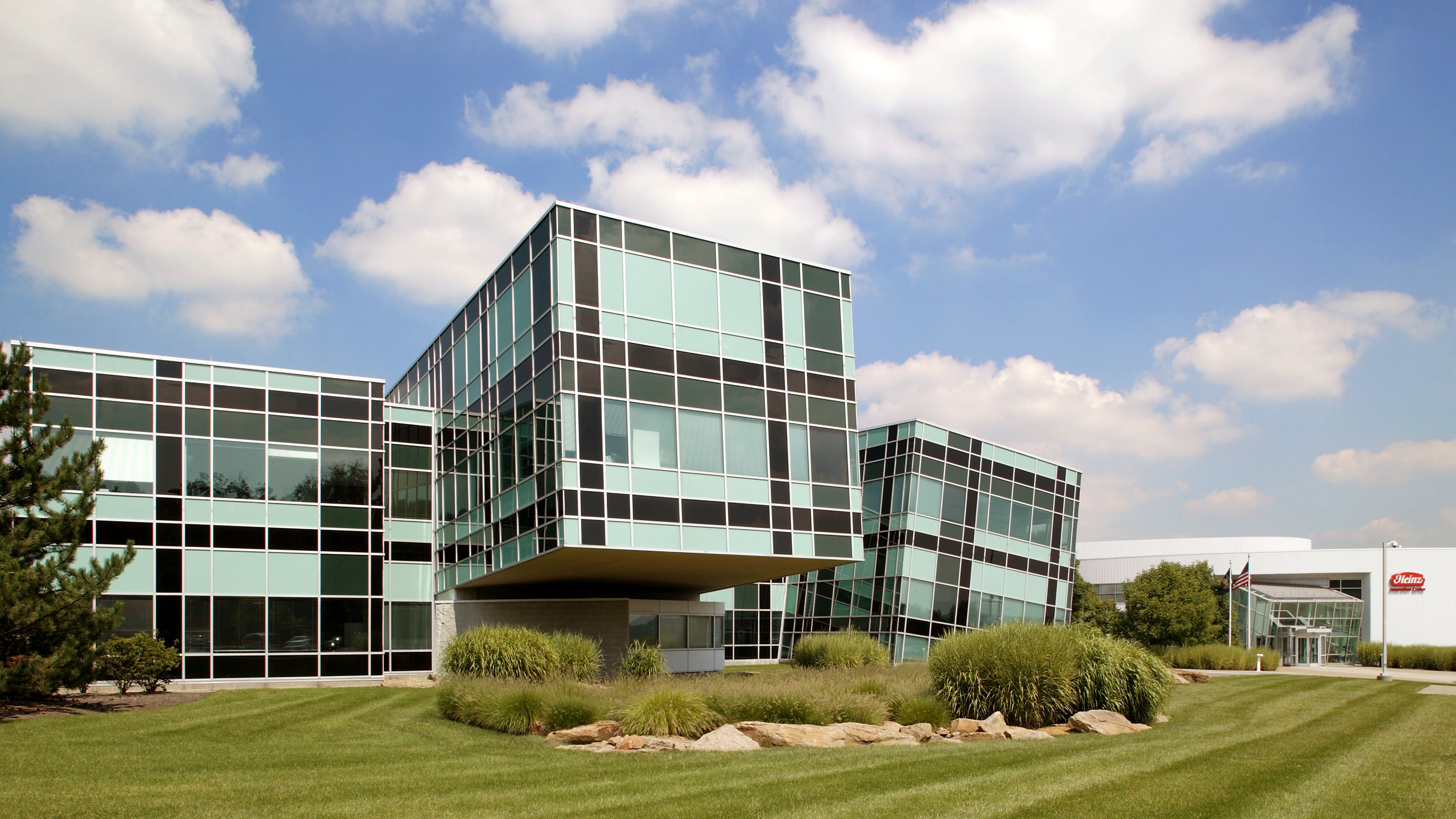WARRENDALE, Pa. — Founded in 1990 by four Ph.D.s from Carnegie Mellon University, FORE Systems Inc. went public in 1994 and soon after built its distinctive campus in Warrendale. The company’s proprietary network switches were in high demand as investment in data centers and internet servers saw explosive growth. On April 26, 1999, the company announced its sale to a London-based telecommunications company for $4.5 billion.
FORE Systems’ distinguishing aptitude was in the development of its asynchronous transfer mode (ATM) equipment, which allowed computer networks to link and transfer mixed voice/video/data significantly faster than prior switches.
The feasibility of standards and ATM were hotly debated by other networking engineers, but FORE’s early installation at a Westinghouse data center served as proof that its cutting-edge research worked in the real world, optimizing bandwidth. This was especially valuable in local networks, where formatted documents and presentations full of graphics, photos and other media were causing new problems for network administrators.
The founding engineers, Francois Bitz, Onat Menzilcioglu, Robert Sansum and Eric Cooper (who used the first letter of each of their names to form the FORE acronym), were Pennsylvania’s best-kept tech secret and the first superstars of Pittsburgh’s tech renaissance. They started working above a hair salon in Oakland, but unlike other startups at the time, FORE was more than sales presentations and investor courting: it was installing functional prototypes and products. The founders’ initial funding of $100,000, which they put up themselves, kept the company running for the first two years.
The first customers of FORE’s products were universities and the government. A Naval Research Lab contract provided the founders’ first paychecks and business expanded from there. Customers were creating “virtual supercomputers” by using the ATM switches to tie together cheaper workstations. Hospitals found ATMs critical for graphic-intensive medical applications, the entertainment industry for editing TV and movies and, of course, telecom companies for moving everything else.
TRENDING NOW:
As it expanded, FORE Systems went on a buying spree, purchasing nine other companies over a four-year period. In a short time, payroll swelled to 2,000 people operating internationally.
The company built a dramatic building in Warrendale to house its fast-growing workforce. The 95-acre site was designed by Studios to expand to six buildings and was initially developed by the Gustine Group.
The $40 million headquarters building is a Silicon Valley-inspired sleek whimsy, with tilted window frames that belie its more conventional level floors inside. Drivers on nearby Interstate 79 still point and gawk at its unusual sinking, earthquake-fractured appearance.
The company’s marketing campaign “Networks of Steel” expressed pride in its Pittsburgh heritage. The reputation of a rust-belt city was changed, in part, by the luster and attention that FORE Systems brought to tech talent at its universities and the other startups that began to blossom here.
ATM switches and technology dominated the networking market for nearly a decade, peaking around the time of the sale. FORE Systems’ stock could be turbulent, but triple-digit revenue growth was normal.
General Electric Co. PLC (GEC), which was not affiliated with Connecticut-based General Electric Co., purchased FORE Systems for $35 a share. The price reflected a 43% premium over FORE’s market price and a windfall amount over the split-adjusted price of its initial public offering at $4 a share.
GEC was one of Britain’s biggest technology companies at the time of the sale and had purchased FORE under its wholly owned subsidiary Marconi Communications. The timing for GEC could not have been much worse. ATM switches began to lose market share to Internet Protocol (IP) and Multiprotocol Label Switching (MPLS) and, while Marconi continued to innovate, the clock was winding down on the ATM era.
After more mergers and acquisitions purchased at top dollar, Marconi nearly collapsed after the 2001 dot-com bubble burst. When a restructuring effort failed, the remains of Marconi were sold to Ericsson in 2005.
Cox Media Group
















